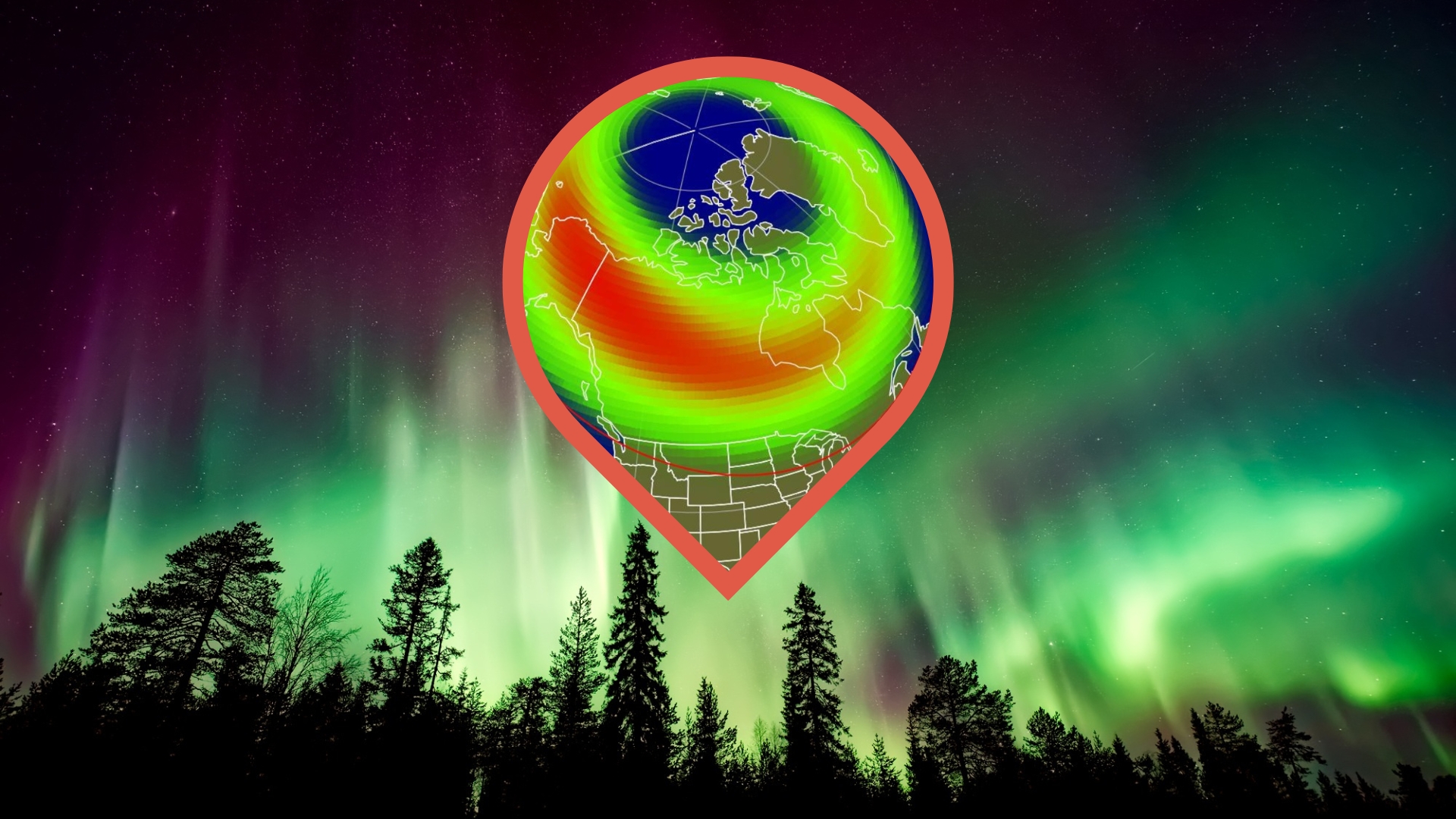An important piece of SpaceX's new Starship megarocket just got its first workout.
The first vacuum Raptor — the in-space version of Starship's Raptor engine — blazed up in a debut test at SpaceX's development facility in McGregor, Texas, company representatives announced via Twitter last night (Sept. 24).
The vacuum Raptor survived the test, which occurred about three weeks after the engine departed SpaceX's Los Angeles-area rocket factory for McGregor. (SpaceX announced on Sept. 4 that the pioneering engine had been shipped to the Texas proving ground.)
Related: SpaceX's Starship and Super Heavy rocket in pictures
Completed a full duration test fire of the Raptor Vacuum engine at SpaceX’s rocket development facility in McGregor, Texas pic.twitter.com/0GPSdSifnnSeptember 25, 2020
Last night's tweet described the test as "full duration." It's unclear exactly how long the burn lasted; the tweet includes a 15-second video, which fades to black with the vacuum Raptor still going strong.
The vacuum Raptor is similar to the "sea-level" version of the engine but features a much bigger nozzle, which improves efficiency in the space environment. Starship will sport three of each Raptor variant, SpaceX founder and CEO Elon Musk has said.
Those six engines will power the 165-foot-tall (50 meters) Starship to distant destinations such as the moon and Mars. The vehicle will be powerful enough to launch itself off the surface of those two rocky bodies, but it will need help escaping Earth's deep gravity well. So, Starship will leave our planet atop a giant rocket called Super Heavy, which will be propelled by about 30 sea-level Raptors of its own.
Breaking space news, the latest updates on rocket launches, skywatching events and more!
Both Super Heavy and Starship will be completely and rapidly reusable, SpaceX has said. Musk envisions the duo slashing the cost of spaceflight so dramatically that ambitious feats such as Mars colonization become economically feasible.
SpaceX is iterating toward the final version of Starship via a succession of prototypes, some of which have already gotten off the ground. The single-engine SN5 and SN6 vehicles recently made 500-foot-high (150 meters) test hops, and the three-engine SN8 is gearing up for a 12-mile-high (20 kilometers) flight of its own in the near future.
Mike Wall is the author of "Out There" (Grand Central Publishing, 2018; illustrated by Karl Tate), a book about the search for alien life. Follow him on Twitter @michaeldwall. Follow us on Twitter @Spacedotcom or Facebook.
Join our Space Forums to keep talking space on the latest missions, night sky and more! And if you have a news tip, correction or comment, let us know at: community@space.com.

Michael Wall is a Senior Space Writer with Space.com and joined the team in 2010. He primarily covers exoplanets, spaceflight and military space, but has been known to dabble in the space art beat. His book about the search for alien life, "Out There," was published on Nov. 13, 2018. Before becoming a science writer, Michael worked as a herpetologist and wildlife biologist. He has a Ph.D. in evolutionary biology from the University of Sydney, Australia, a bachelor's degree from the University of Arizona, and a graduate certificate in science writing from the University of California, Santa Cruz. To find out what his latest project is, you can follow Michael on Twitter.
-
dsnyrocketengine thank goodness for Space X , Virgin Galactic, Blue Origin, Sierra Nevada and others! they are keeping us in the space race, meanwhile has anyone seen or heard from nasa?Reply
